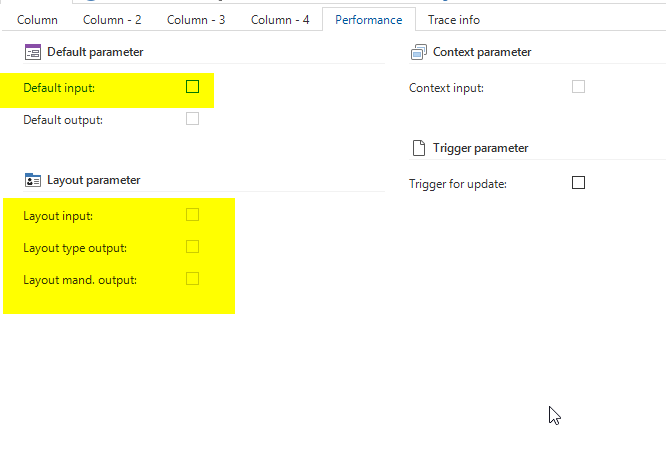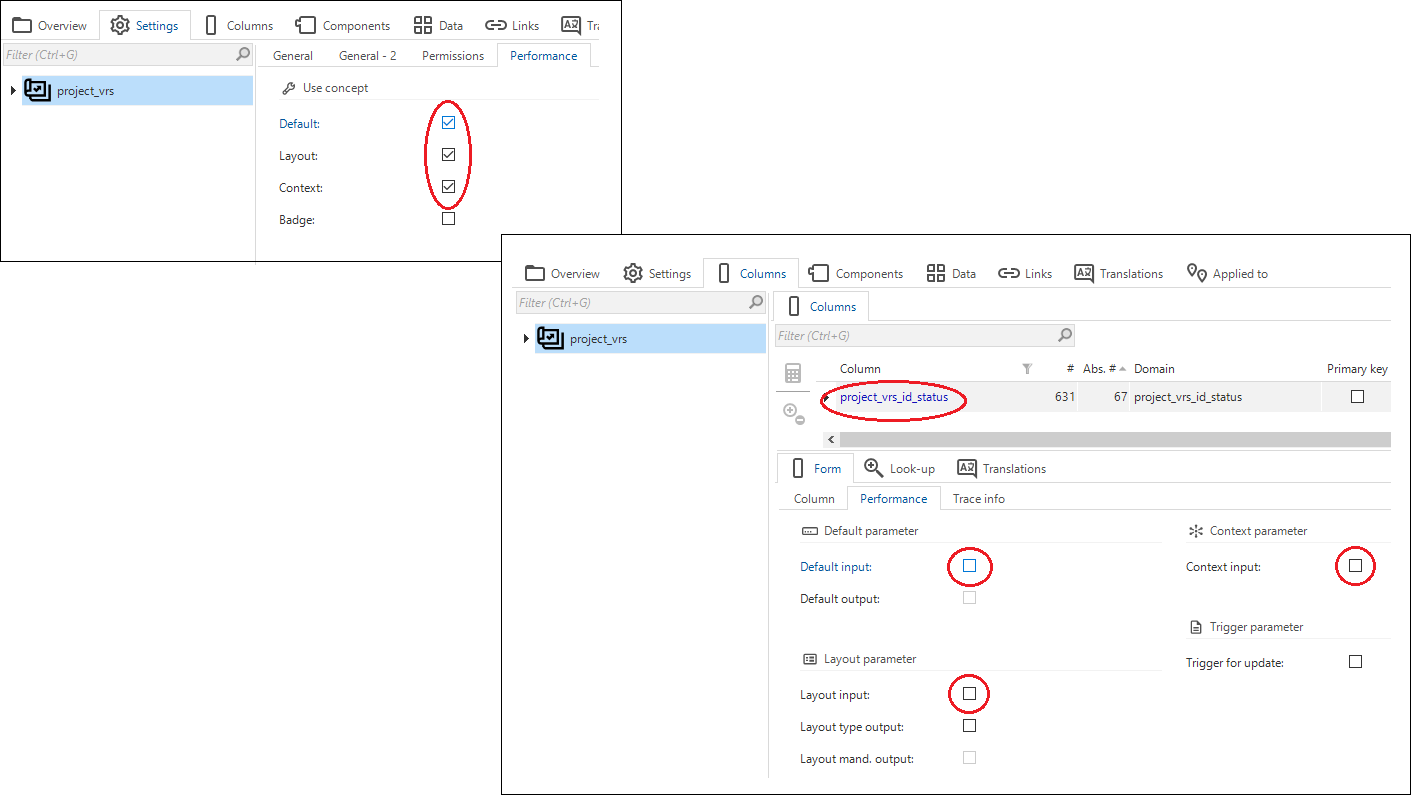We are using SF 2019.1 since a couple of weeks, and in a project I'd like to add one Calculated field (Expression) and use that value in a layout procedure to dertermine wether to show some fields in the form and/or make them mandatory.
I could be mistaking, but wasn't this possible in an earlier release of the SF? Now I only can set the field available for a Default procedure. The rest, including the layout procedure, are read-only,
If this was available in a previous version of the SF, and I've used it before, than those layout procedures probably won't compile in this version of the SF. If it has always been this way, why not make the Expression fields available to the layout procedure. Taking a possible performance degradation into account is up to the developer.
In this case it is a small table, without a view. This way I'm forced to create a view, instead of trigger and what have you...











